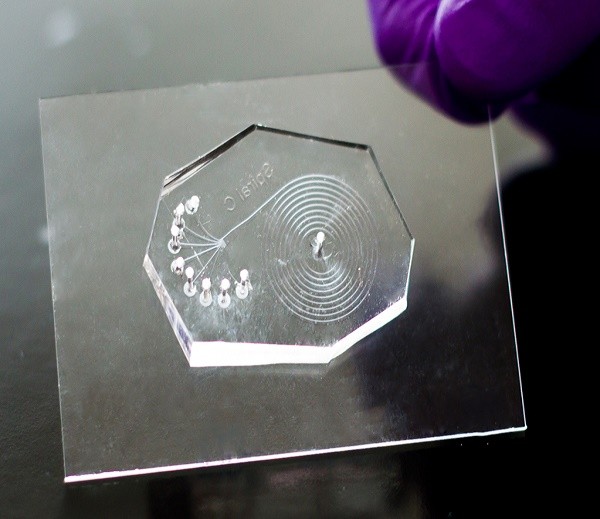
A team of scientists and engineers at the Singapore-MIT Alliance for Research and Technology (SMART) have invented a new technique to identify populations of rare stem cells from bone marrow based on their different combinations of biophysical characteristics such as cell size, cell stiffness and nucleus deformation.
Mesenchymal stem cells (MSCs), a type of cell that resides in the bone marrow, can differentiate into cells that produce bone, cartilage, fat or muscles — a trait that clinicians exploit for tissue repair.
With better identification of MSCs, doctors can be certain that the concentration of highly enriched MSC mixture is as stated, making it easier for them to develop stem- cell-based treatment that would be more consistent and produce better results.
Currently, there is no good way to separate MSCs from bone marrow cells that have already begun to differentiate into other cell types, but share the same molecules on the cell surface. This may be one reason why research results vary among laboratories and why stem-cell treatments now in clinical trials are not as effective as they could be, explained Krystyn Van Vliet, Lead Investigator, SMART BioSystems and Micromechanics (BioSyM) Interdisciplinary Research Group (IRG).
The research entitled ‘Multivariate biophysical markers predictive of mesenchymal stromal cell multipotency’ will be published in the scientific journal Proceedings of the National Academy of Sciences this week. Lead authors of the paper are Dr Jacky Lee and Dr Hui Shi, a former SMART Postdoctoral Associate.
Other authors include SMART co-Investigators — Associate Professor Jerry Chan from KK Women’s and Children’s Hospital (KKH) and G. Shivashankar from NUS; SMART Research Scientist Dr Zhiyong Poon; and SMART researchers L.M Nyan and T. Kaushik.
Dr Jacky Lee said, “Currently, researchers try to isolate MSCs based on protein markers found on the cell surfaces. But these markers lack sufficient ‘resolution’ to distinguish between subpopulations of MSC with distinct functions. This approach to identify subpopulations of stem cells, distinct from other marrow stromal cells, has re-ignited hope for better stem-cell treatments.”
SMART Research Scientist Dr Zhiyong Poon, said: “We are in the process of starting clinical trials on the use of biophysically sorted cells for bone marrow regeneration and repair.”
Associate Professor Jerry Chan, who is also Director, KK Research Centre and Senior Consultant, Department of Reproductive Medicine at KKH, said, “This important discovery will allow us to identify and select the best population of stem cells that we can use for treating different diseases such as brittle-bone disease or in repairing large bone defects. We anticipate that this technique will enhance our knowledge of the cells being used in our upcoming clinical trial to repair large bone defects.”
BETTER REGENERATION
The researchers tested injected MSCs in mice and found that these cells could repair both muscle and bone injuries, while marrow-derived cells identified as osteogenic stromal cells were able to repair bone but not muscle.
Dr Hui Shi said, “Our test in mice showed that MSCs can be identified and highly enriched for bone growth and muscle repair. This means that we can select, purify and concentrate MSCs for tissue repair for people who, for instance, suffer from knee joint pain.”
Going forward, the SMART team hopes to develop high-speed methods for separating MSC subpopulations. This research is funded by the Singapore National Research Foundation, Prime Minister’s Office, under its Campus for Research Excellence And Technological Enterprise (CREATE) programme.
Story Source:
The above story is based on materials provided by ResearchSEA. Note: Materials may be edited for content and length.
Journal Reference:
- W. C. Lee, H. Shi, Z. Poon, L. M. Nyan, T. Kaushik, G. V. Shivashankar, J. K. Y. Chan, C. T. Lim, J. Han, K. J. Van Vliet. Multivariate biophysical markers predictive of mesenchymal stromal cell multipotency. Proceedings of the National Academy of Sciences, 2014; DOI: 10.1073/pnas.1402306111
